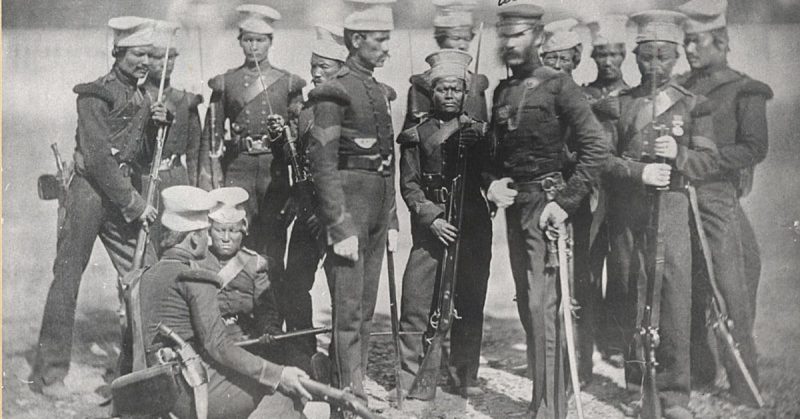To join the British Army, Gurkhas have to pass one of the world’s most grueling military selection processes.
Indian Field Marshal Sam Manekshaw was known as “Sam the Brave” for his impeccable service to both the Raj and the Republic of India. He once said: “If a man says he is not afraid of dying, he is either lying or he is a Gurkha.”
That statement more or less describes the martial prowess of the members of the Gurkha elite fighting unit. “Better to die than be a coward” is their ethos. And they have lived by it for over 200 years as a part of the British and, later, the Indian Armed Forces.
Today, the Gurkha unit of the British Army is considered one of the most fearless fighting units in the service of Her Majesty.
The Queen even engages the services of two personal Gurkha officers known as the Queen’s Gurkha Orderly Officers. They have been at a British monarch’s side since the time of Queen Victoria. Upon discharge, they are appointed as Members of the Royal Victorian Order.
The unique relationship between Britain and the small Nepalese hill tribe started, unsurprisingly, in war.
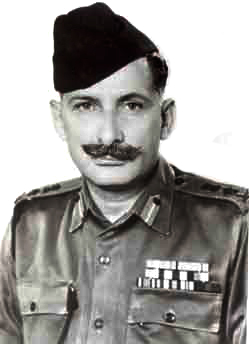
In 1814, the ambitious Nepalese Mukhtiyaror prime minister, Bhimsen Thapa, ordered his Gurkha warriors (then called Gorkhas) to conquer Kashmir and Bhutan. Those orders ultimately resulted in them clashing with the forces of the British East India Company.
Thirty thousand British soldiers fought against 12,000 Gorkhali warriors. It took two years of gory carnage until the two sides agreed to peace in the Treaty of Sugauli in 1816.
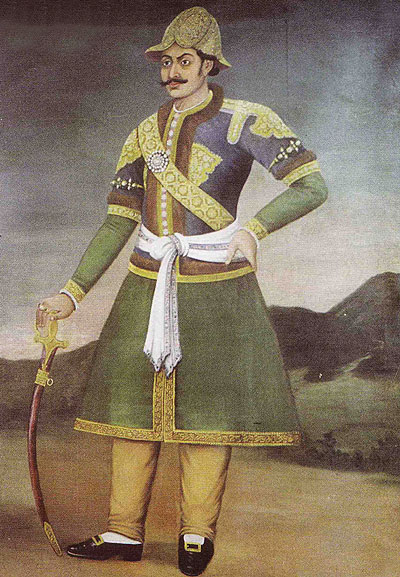
“I’ve never seen more stamina and courage in my life,” said one British officer, describing his encounters with the terrain-inured Nepalese fighters. “They did not run away and seemed to know no fear of death, even though many of their comrades fell around them.”
Fighting against the Gurkhas proved to be a hard-earned lesson for the British. They never again attempted to bring Nepal under their control. Instead, the two nations entered into a period of perpetual peace that was never broken.
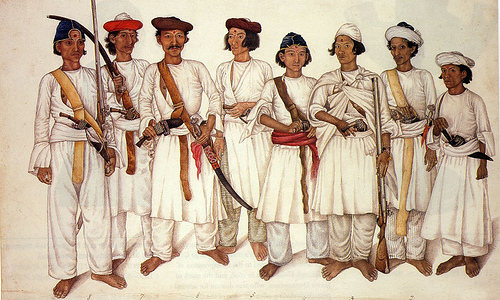
However, impressed by the Gurkha’s martial prowess, the British insisted on recruiting the average five-foot-three tall Nepalese men into their army. Since then, Gurkha warriors have been fighting against the enemies of the British Empire and, later, the United Kingdom.
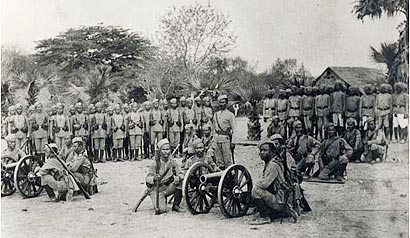
The Gurkhas have defended the interests of the British crown all over the world in places like Asia, France, Egypt, Turkey, and more. Gurkhas fought in Cyprus as well as in the Gulf War. One hundred thousand Gurkha soldiers also served during the First World War, and 40 battalions, amounting to a total of 112,000 men, served in the Second World War.
To this day, they are an integral part of the armed forces of both Britain and India. Even the Sultan of Brunei finances his own force of these elite fighters.
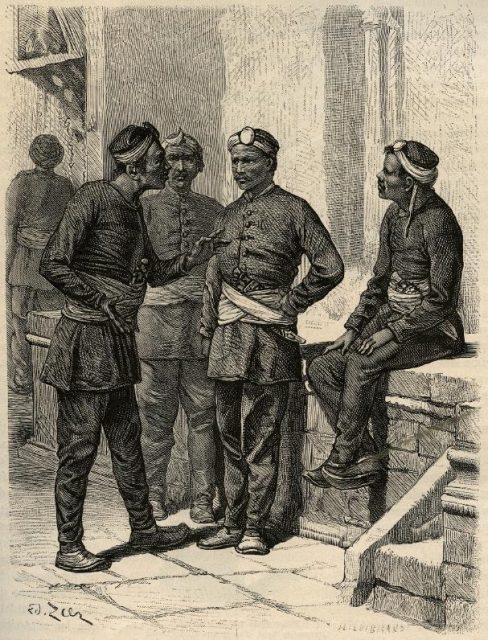
They are born soldiers
Born and raised in the mountainous terrain of Nepal, these Nepalese men are habituated to the hardships of what awaits them in the Gurkha regiment. And for decades, they have come in droves to join the British Army.
Back in the 1980s, 80,000 young men made their way to the recruiting offices every year. It was every young Nepalese boy’s dream to become a Gurkha when he grew up.
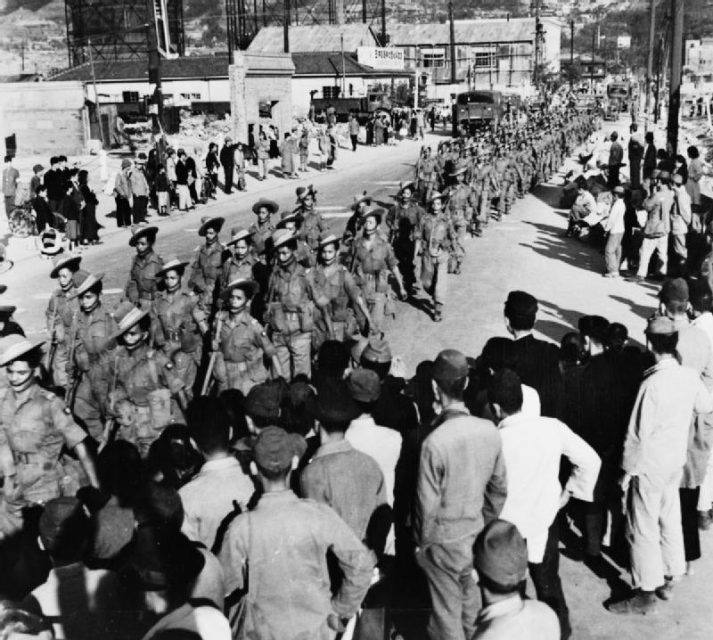
But first, they have to pass one of the world’s most grueling military selection processes. Only a few of the thousands of hopefuls are ever chosen.
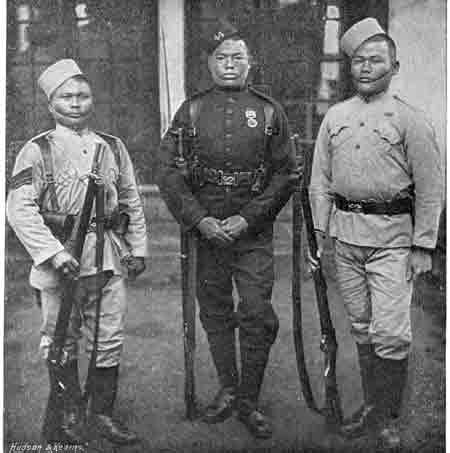
Those were the days when one-fifth of Nepal’s national income consisted of the pay coming from the young men who fought for Great Britain or India (part of the force became a section of the Indian army after Indian independence in 1947).
The toughest physical challenge during the selection process takes place in a spectacular gorge in Pokhara, Nepal.
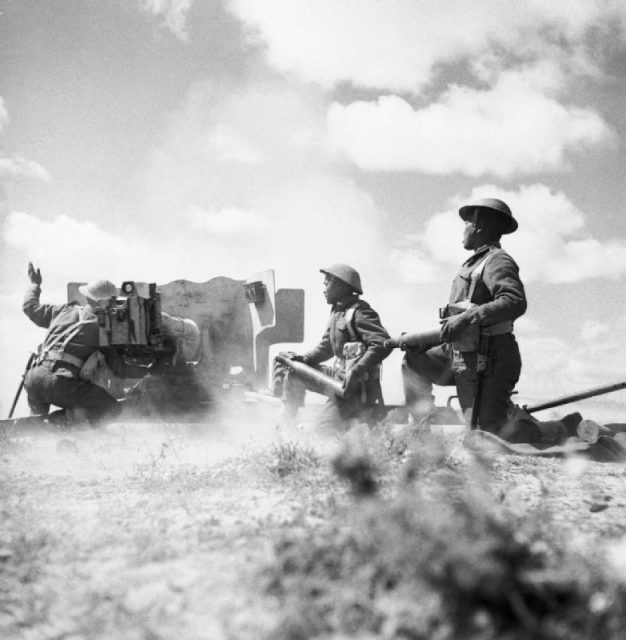
On any other day, the location would appear idyllic and peaceful. However, when British recruitment officers are in the process of selecting the fittest and most able men for the British Armed Forces, the area is filled with running, sweating men.
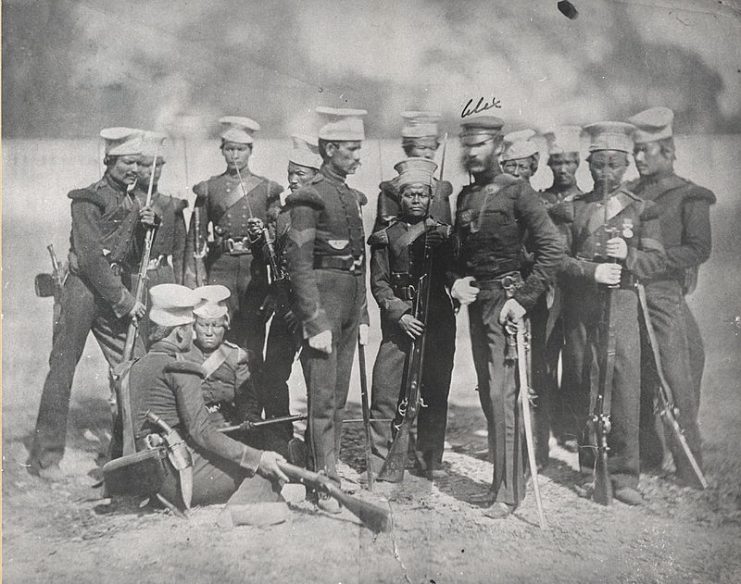
With dokos (wicker baskets containing 55 lbs of sand) strapped to their foreheads, the men must navigate a five-mile uphill run. The entire course over dusty and rocky trails must be completed in less than 45 minutes.
It is a test of stamina and commitment, separating the men from the boys. There are only 320 places available each year. Over 10,000 men aged 18 to 21 signed up for the 2019 admission.
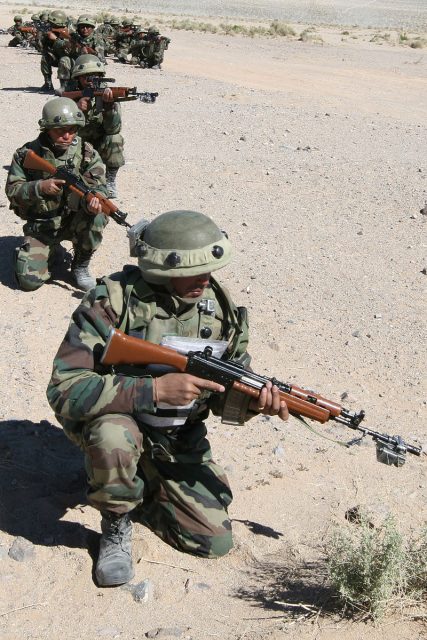
The chance of becoming a Gurkha is very alluring because of the British salary, pension, and the right to settle in the UK upon competition of service. Many Nepalese families spend almost all they have to prepare their sons for service, as the family’s financial future is secure upon the successful admission of their progeny.
The pressure of joining is so big that some young men even flee to neighboring India and never return to their home villages out of shame from not having been selected.
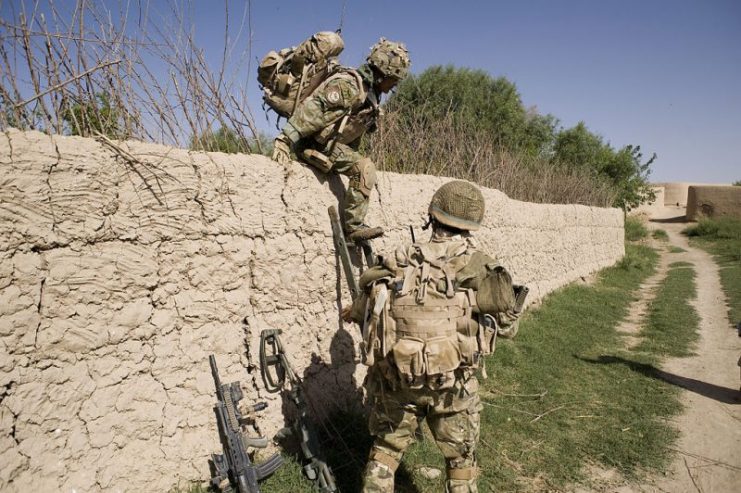
Truths about the Gurkhas that are the stuff of legend
A Gurkha soldier always carries the feared and incredibly sharp Khukuri knife with him wherever he goes. When revealed, the inwardly curved 16- to 18-inch long blade that resembles a machete must draw blood. If not, the holder must cut himself before sheathing the weapon.
Twenty-six Victoria Crosses, the most prestigious British military decoration for gallantry in the face of the enemy, have been awarded to members of the Gurkha regiment since its inception.
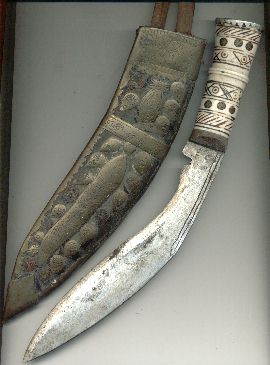
One of the recipients was Rifleman Lachhiman Gurung in 1945 during the Second World War. With his comrades wounded, he held his own against a force of over 200 Japanese soldiers storming his position at Tanungdaw in Burma, present-day Myanmar.
He threw back enemy grenades until one exploded in his hand, blowing off the fingers and shattering his arm as well as injuring his leg. Although severely wounded, he continued fighting for four hours, inspiring the other men to keep going.
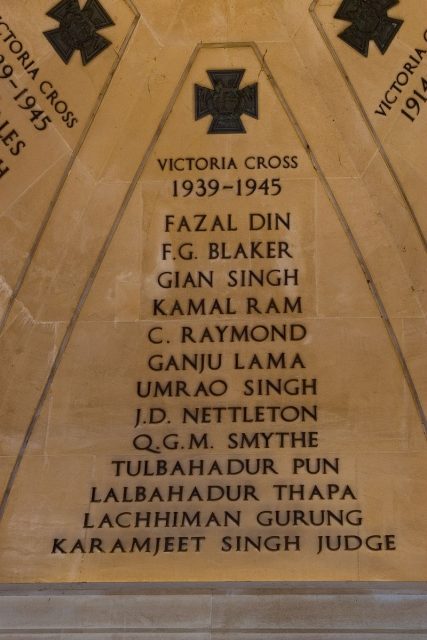
Gurkhas don’t stop fighting even when they retire. In 2011, the 35-year-old retired Gurkha Bishnu Shrestha took on 40 bandits while riding on a train in India. With only his trusted Khukuri knife he overwhelmed the men armed with swords, knives, and guns.
Ultimately, he killed three brigands and wounded a further eight, convincing the rest to flee the scene. His exploits also stopped them from raping a female passenger.
Even though the number of Gurkhas in uniform has gradually reduced from 14,000 men in the 1970s to about 3,000 today, the future looks bright for the regiment.
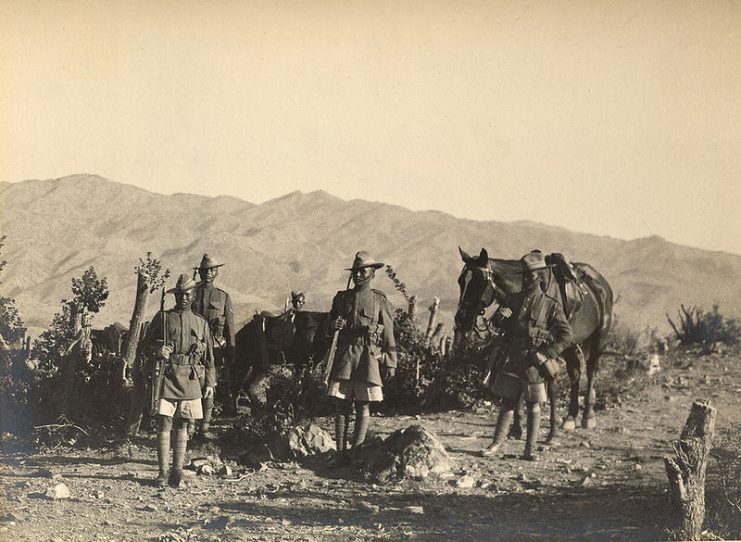
As of 2020, Nepalese women will also be allowed to enlist and be a part of a corps that for over 200 years has been the domain of men. But don’t think that they will get any lighter treatment––they too must carry the 55 lbs doko up a five-mile incline.
When considering the future of the Gurkhas, it is likely there will be many more feats of bravery in the decades to come.
